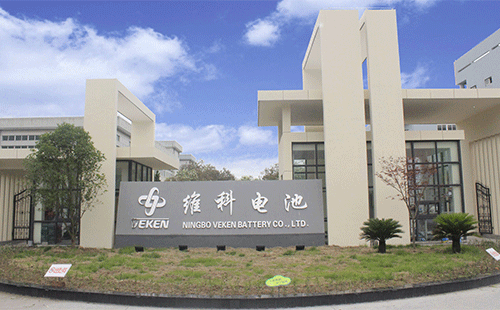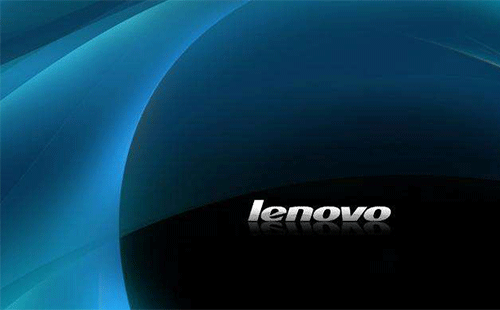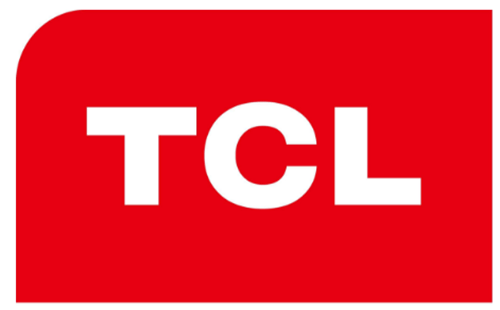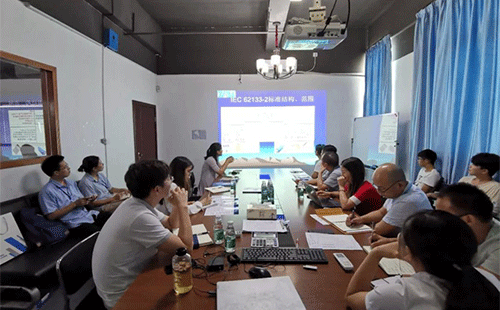What is the RoHS certification mark
RoHS certification is the "Directive on Restriction of the Use of Certain Hazardous Substances in Electrical and Electronic Equipment", which stipulates the restriction of lead, cadmium, mercury, hexavalent chromium, polybrominated diphenyl ethers, polybrominated biphenyls and RoHS2.0 in electrical and electronic products A total of 10 hazardous substances such as DEHP, DBP, BBP, and DIBP.
RoHS certification
On July 1, 2011, the European Parliament and Council issued Directive 2011/65/EU (RoHS 2.0) in the Official Journal of the European Union to replace the new Directive 2002/95/EC, which took effect on July 21, 2011.
How many RoHS certification marks are there?
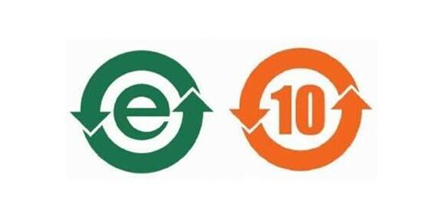
China's ROHS has two kinds of marks. If it is an e-like green arrow without a number, it means that this product is an environmentally friendly product and is always valid.
If it is said that there is a 10 in the red circle, it means that the product is valid for 10 years, and it will pollute the environment after more than 10 years.
Note for RoHS certification:
1. The logo should be legible, easy to see, not easy to fade and not easy to remove;
2. When the mark is on the product, it should generally be marked on the obvious place of the product, such as the front of the product, the side and the back with function keys;
3. Other suitable eye-catching colors can also be used, and the molded product can be the same color as the product.
4. If the product cannot be marked on the product due to the limitation of the product volume, shape, surface material or function, the carrier of the mark can also be a paper manual, a CD/DVD or package.
RoHS restricted substances and limits
What are RoHs restricted substances?
1. RoHS restricted substances and limits
Starting from July 1, 2006, the following 6 hazardous substances are restricted in electrical and electronic products newly launched on the EU market. The maximum limits for homogeneous materials are:
Lead (Pb): 1000mg/kg, ②Hg (Hg): 1000mg/kg, ③Cadmium (Cd): 100mg/kg
④hexavalent chromium (Cr6+): 1000mg/kg, ⑤polybrominated biphenyls (PBB): 1000mg/kg,
⑥Polybrominated diphenyl ether (PBDE): 1000mg/kg
Description (1):
Lead (Lead)-Exempt under certain circumstances, pay attention to the list of exemptions;.
Mercury (Mercury)-Exempted in certain types of bulbs, pay attention to the list of exemptions;
Cadmium-Exemption for certain cadmium plating layers;
Hexavalent Chromium (Hexavalent Chromium)-Chromium is banned only when it exists in hexavalent form. Hexavalent chromium, which is used as a corrosion inhibitor for carbon steel cooling systems in absorption refrigerators, is exempted;
Polybrominated biphenyl (PBB)-used to be a flame retardant for plastics in the past, but now it is basically no longer produced and only exists in some recycled plastics.
Description (2):
Polybrominated diphenyl ether (PBDE) contains a series of substances:
Tetrabromodiphenyl ether (Tetra-BDE)-this type of substance is rarely produced at this stage, only used in-some recyclable plastics;
Pentabromodiphenyl ether (Penta-BDE)-is not widely used in electrical and electronic equipment, mainly in foam;
Octabromodiphenyl ether (Octa-BDE)-relatively few used in electrical and electronic equipment;
④Deca-BDE (Deca-BDE)-The amount and degree of use has not been as good as before, but it is still used in some electrical and electronic equipment at this stage. The European Commission will conduct a comprehensive risk assessment of such substances to check the degree of harm of such substances.
2. Eight types of products involved in RoHS
Large household appliances; small household appliances; IT and communication equipment; consumer electronic and electrical equipment;
Lighting equipment; electrical and electronic tools (except large fixed industrial tools); toys; leisure and sports equipment; vending machines.
3. The harm of six harmful substances
① Lead: damage to the nervous system; ② Cadmium: damage to the bones, kidneys, and respiratory system;
③ Mercury: damage to the central nervous system and kidney system; ④ Hexavalent chromium: can cause genetic genetic defects;
⑤PBB and PBDE: strong carcinogenic and teratogenic substances.
The harm of six kinds of harmful substances [attachment=46]
4. Introduction to alternatives to hazardous substances
① Alternatives to lead:
New lead-free solders: tin-silver-copper alloy, tin-silver-bismuth alloy.
New lead-free plastic heat stabilizer: metal soap type heat stabilizer, organic tin type heat stabilizer, organic antimony heat stabilizer, rare earth heat stabilizer, organic heat stabilizer.
Alternatives to cadmium:
Tin-tin alloy, zinc-zinc alloy, aluminum coating, nickel, epoxy, plasticizer coating.
③Substitutes for hexavalent chromium:.
Passivation solution containing acrylic resin, molybdate/phosphate.
Alternatives to PBB and PBDE:
Antimony flame retardant, aluminum hydroxide/magnesium hydroxide basic flame retardant.
Regarding the above certification, if you still have questions, please discuss with each other and improve together!






